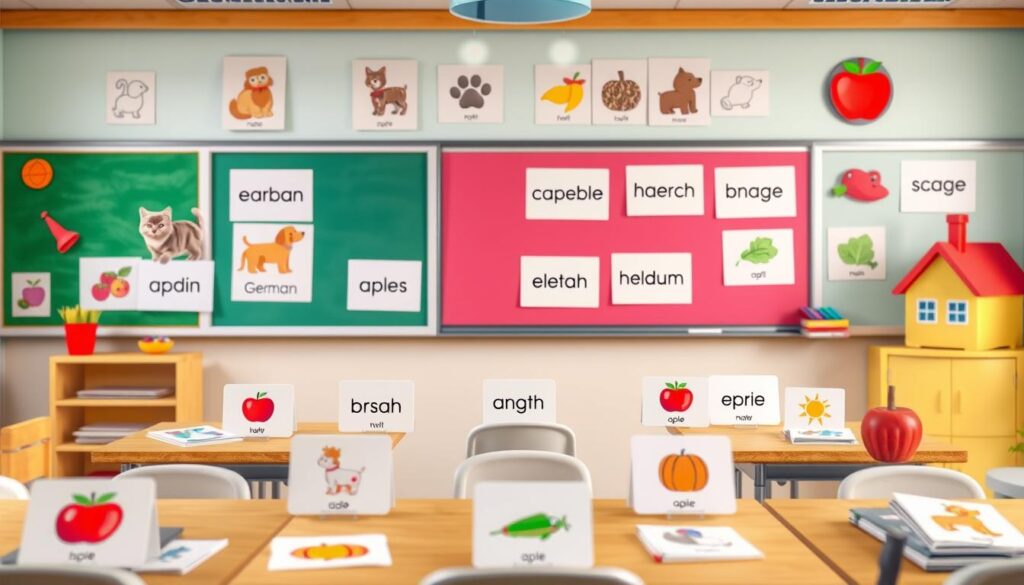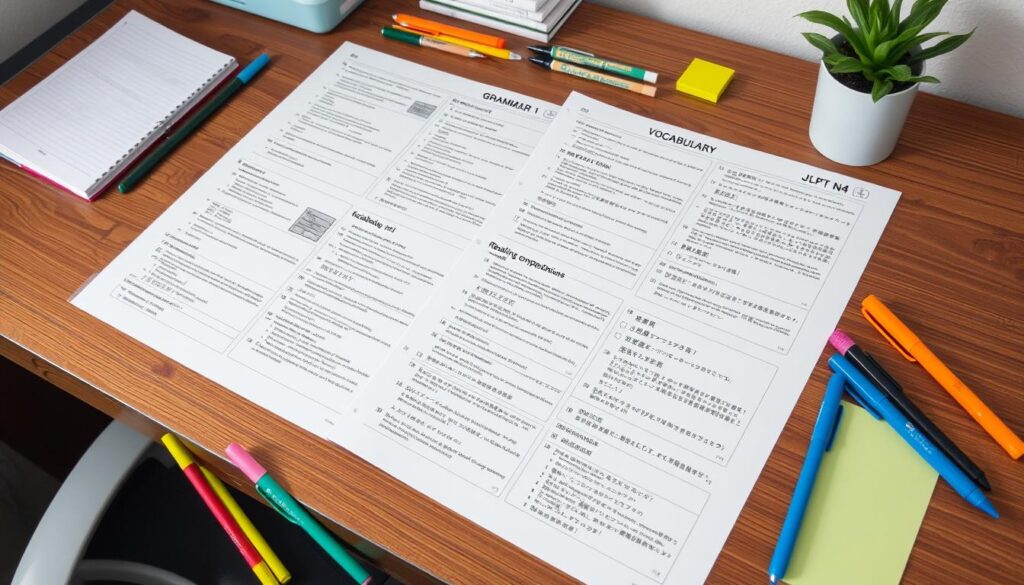How Learning Japanese will Enhance Your travel?
Are you planning a trip to Japan or curious about diving deeper into its culture? Learning Japanese can make all the difference in how you experience the country. While it’s easy to enjoy the sights, food, and technology in Japan, speaking the language allows you to engage on a completely new level. Whether you’re traveling, working, or simply exploring Japanese culture from afar, here are five compelling reasons to start learning Japanese today. 1. A More Authentic Travel Experience Traveling to Japan is an incredible experience—bustling cities, tranquil temples, beautiful landscapes, and a rich cultural history. But navigating Japan’s highly unique culture and customs can be tricky without some language skills. While major cities like Tokyo and Osaka have English-speaking locals, the language barrier becomes more noticeable in smaller towns or rural areas. Learning Japanese allows you to: 2. Dive Deeper into Japanese Pop Culture Japan’s influence on global pop culture is undeniable, from anime and manga to video games, fashion, and music. If you’re a fan of anime or J-pop, learning Japanese can completely change your experience. 3. Better Career and Study Opportunities in Japan Japan is one of the world’s largest economies, and learning Japanese opens doors to a wealth of professional and academic opportunities. Many companies, especially in technology, automotive, and design, seek employees who are proficient in Japanese. 4. Appreciate Japanese Culture and History More Fully Japanese language and culture are tightly intertwined. Learning the language isn’t just about speaking—it’s about understanding the way people think, communicate, and express their values. 5. Boost Cognitive Skills and Personal Growth Learning a new language like Japanese is a great exercise for your brain. Japanese grammar and sentence structure are quite different from English, and learning to think in a new linguistic system can have several cognitive benefits. Conclusion: Learning Japanese is an Investment in Your Future Learning Japanese is more than just acquiring a new skill—it’s an investment in your future. Whether you want to explore Japan’s rich culture more deeply, connect with locals on a personal level, advance your career, or gain a greater appreciation for Japanese media, the benefits are countless. Starting your journey with Japanese might feel daunting, but it’s completely achievable with practice, persistence, and the right resources. As you begin to understand the language, you’ll realize that it’s not just about words—it’s about experiencing Japan in a way that few others can. So, are you ready to embark on your Japanese language learning adventure? Join Koderbox now!!










